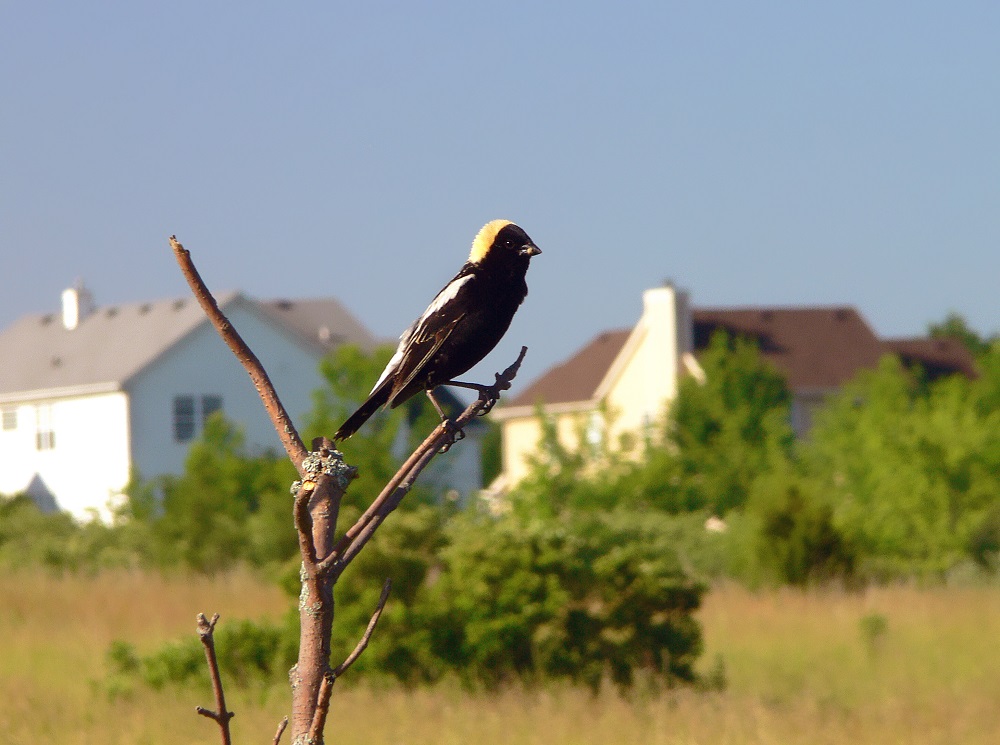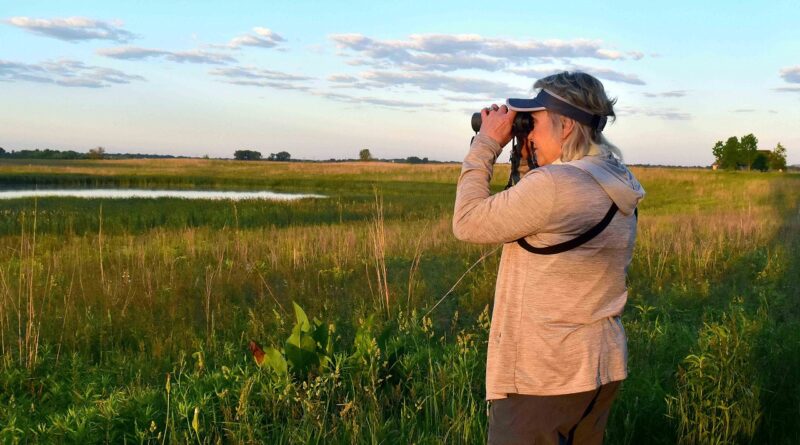What a Long, Strange Garden Trip It’s Been
Podcast: Play in new window | Download (Duration: 2:12:52 — 63.3MB)
Subscribe: Apple Podcasts | Spotify | Android | iHeartRadio | Podchaser | Email | TuneIn | RSS | More
(June 12, 2022) This is not farewell. It’s just goodbye for awhile. After today’s show, Peggy and I will be taking a bit of a break. I suspect you’ll see us back in the not-too-distant future. But there are no guarantees. And we have no idea whether the format will be the same. Yes, it’s been a long, strange garden trip. And environmental journey. We thank everyone who has watched us and appeared on the show and sponsored the program and helped us behind the scenes. It ain’t easy. And it’s impossible to do it alone. We thank you more than we can say. So let’s get to today’s show.
About a year ago, I came up with a great idea. It was a reaction to our over-paved landscapes. I called it “Unpave 50%” and the idea was to remove asphalt and concrete surfaces from half of our urban and suburban areas. You could also apply that to the country, especially where gi-normous box stores have sprung up. Great idea, huh?
The Depave Movement
Part of my strange garden trip has to do with subjects not particularly related to gardening. For instance, earlier this year, Mac Austin, the Senior Amateur Nature Correspondent for our show, sent me this link: https://www.thewaterlab.org/Depave-Chicago. “Holy $*!#,” I wrote back. “That’s my idea!” Except it wasn’t, of course. Not only that, but Depave Chicago was far from the first of this kind of organization. Depave started some fifteen years ago in Portland, Oregon. When it comes to their mission, they don’t shy away from social commitment.

Depave empowers disenfranchised communities to overcome social and environmental injustices and adapt to climate change through urban re-greening. Depave transforms over-paved places, creates resilient community greenspaces, promotes workforce development and education, and advocates for policy change to undo manifestations of systemic racism.
They have also paved the way (sorry about that) for an international movement. The network stretches across the U.S., Canada, United Kingdom, and France. Even my hometown of Detroit has a group. Interestingly, much of the Depave Movement eschews backhoes and heavy machinery. They opt, instead, for pick axes, pry bars and shovels. Check out this resource guide from the Depave Portland site. And watch this video about depaving an ordinary driveway.
The Chicago connection
Chicago is a little late to the party. But thanks to people like Mary Pat McGuire of The Water Lab at the University of Illinois, this is the year we start smashing concrete. McGuire is Associate Professor of Landscape Architecture at the University of Illinois Urbana Champaign. But she has been a licensed Landscape Architect for almost 20 years, more than ten of which were in professional practice. At U of I, she started a small design research studio called Water Lab to develop better research around green infrastructure as a design response to urban flooding focused on the Chicago and Calumet region.
She joins us on today’s show along with Katya Reyna from Depave Portland. Interestingly, Reyna is originally from Oak Park, Illinois and studied at the University of Chicago at Illinois, where she was a community organizer and urban planning student. She followed up with a Master of Landscape Architecture degree from University of Oregon.
The important of the Chicago region to birds
What if I told you that there are bird species that do better in the Chicago region than in the rest of Illinois. The Bird Conservation Network (BCN) just released a 22-year study of breeding birds from northeastern Illinois which reveals the truth of that statement. Breeding Bird Trends in the Chicago Region 1999-2020 looked at100 nesting species across grassland, shrubland, wetland, and woodland habitats.
The results show a mixed bag, though some findings are surprising. For instance, Sandhill Cranes, Pileated Woodpeckers, and Northern Mockingbirds show increased numbers. Red-headed Woodpeckers and Henslow’s Sparrows, previously in decline, appear to be stabilizing. However, Ovenbirds, Bobolinks, and certain other grassland species continue their declines. You can find much more information here.

BCN is a coalition of 21 conservation organizations dedicated to the preservation of birds and the habitats they need to survive. It collected data from managed lands within six counties: Cook, Lake, McHenry, DuPage, Kane, and Will. Volunteers spearheaded the effort, conducting nearly 30,000 surveys across more than 2,000 points annually in June and early July.
Today, we welcome BCN founder Judy Pollock back to the show to talk about the importance of the study. She last visited us in 2018. She is President of the Chicago Audubon Society. and serves as a bird conservation consultant for Living Habitats, and has been the Director of Bird Conservation for Audubon Chicago Region. Bob Fisher Communications Coordinator for BCN, joins her.
Birdsongs, Volume 1 – Sounds Of The Mississippi Flyway
Finally, I recently received an email from Jen Kuroda from Sinnissippi Audubon Society. She is also part of the effort to Save Bell Bowl Prairie. She told me about a CD inspired by birdsongs from species that travel within the Mississippi Flyway. It’s called Birdsongs, Volume 1 – Sounds Of The Mississippi Flyway. Click the link to sample the music. The artist is MIcky Torpedo–music producer, composer, and performer–with help from some friends, including Kuroda’s daughter Jackie.
Each track represents a specific bird–Baltimore Oriole, Sandhill Crane, Bobolink, Piping Plover and more. Furthermore, each track starts with a recording of the bird call, from the Macaulay Library at the Cornell Lab of Orinthology. The music is haunting and enchanting. Even better, a physical CD purchase comes with “extra goodies.” And 10% of all CD sales go to support the Sinnissippi Audubon Society.
That’s what I call win-win. In fact, I will play some selections on today’s show.
I think it’s a good way to end this chapter of my long, strange garden trip. Not to mention our natural world. And environment. Thanks for being part of it. I’ll see you down the road.



Thanks and my best wishes. Barbarawinblad@yahoo.com